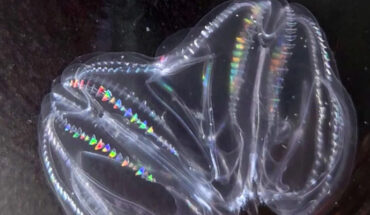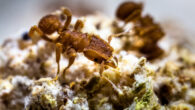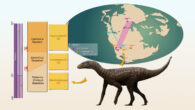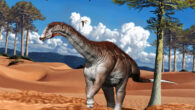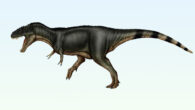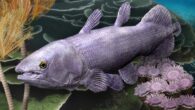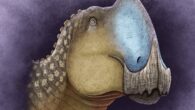Two injured individuals of Mnemiopsis leidyi, a species of planktonic animals known as comb jellies or ctenophores, are capable of rapidly fusing into a single entity in which some physiological functions are integrated, according to new research. While maintaining a population of Mnemiopsis leidyi in a seawater tank, Jokura et al. noticed an atypically large individual with two aboral ends and two apical organs. Image credit: Jokura et al., doi:...

